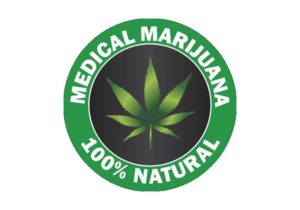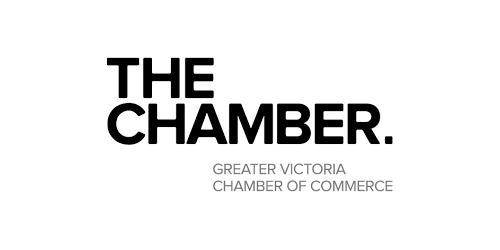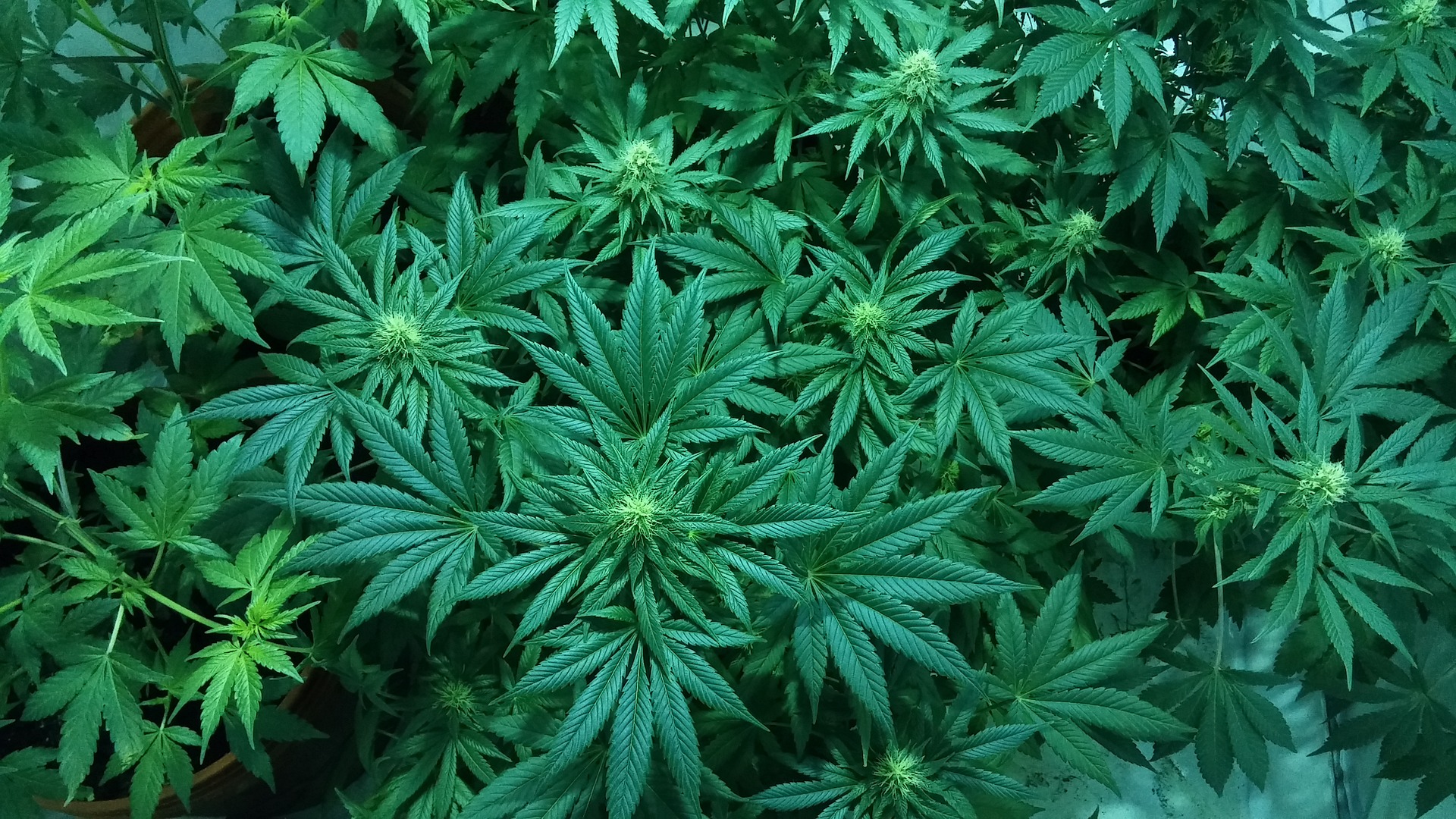Business of Cannabis Luncheon in Victoria a Sell-out

The Hotel Grand Pacific in Victoria, BC hosted a sold-out luncheon October 10, 2018 on “The Business of Cannabis.” Presented by the Greater Victoria Chamber of Commerce, this timely event featured a panel discussion by:
Dr. Terry Lake, Vice-President of Corporate Social Responsibility and Communications at Hexo Corporation
Jocelyn Jenkins, City Manager, City of Victoria
Peter Guo, BC Enterprise Risk Services Leader and BC Cannabis Industry Leader, MNP

AirMed staff took the opportunity to network with others in the Victoria business community.
To view more photos of this event visit: GVCC event photos
ACMPR and the licensed cannabis producer

What does ACMPR cover?
For the cannabis industry in Canada, the most critical compliance implications are those covered by the Access to Cannabis for Medical Purposes Regulations. This legislation covers every aspect of marijuana production and sale. Overseen by Health Canada, these regulations must be adhered to at every stage of cannabis business from propagation through to sale. As of August 24, 2016, the Access to Cannabis for Medical Purposes Regulations (ACMPR) replaced the previous Marihuana for Medical Purposes Regulations (MMPR).
ACMPR is designed to provide an immediate solution for Canada to meet legal requirements. But Health Canada is continuously evaluating how a system of medical access to cannabis should function alongside the government’s commitment to legalize, strictly regulate and restrict access to cannabis. As a result, laws and regulations may change.
Currently, the legislation contains four parts.
Part 1 sets out a framework for commercial production by licensed producers responsible for the production and distribution of quality-controlled fresh or dried marijuana or cannabis oil or starting materials (i.e., seeds and plants) in secure and sanitary conditions.
Part 2 sets out provisions for individuals to produce a limited amount of cannabis for their own medical purposes or to designate someone to produce it for them.
Parts 3 and 4 include transitional provisions, consequential amendments to other regulations, and provisions repealing the MMPR.
All those wishing to produce cannabis in Canada must apply to Health Canada to become a licensed producer under the ACMPR legislation, and all licensed producers MUST comply with the ACMPR regulations.
What are the specific ACMPR regulations that affect software and record keeping?
The ACMPR has many regulations that apply to the medical marijuana industry in Canada as a whole. Not all of those have implications for record keeping or to the method (software) used for that record keeping. (For links to the different websites that cover ACMP download our Seed-to-Sale Software Buyer’s Guide.)
How do I meet ACMPR compliance?
To be ACMPR compliant, your organization must have ways of meeting all of the regulations listed above.
Many of the regulations listed above apply to processes, so you’ll need to be utilizing best practices and documented standard operating procedures. You’ll also need to be able to prove to Health Canada that you have used best practices. That’s where seed-to-sale software comes in. Your cannabis business management software should provide you with the means to meet compliance when it comes to record keeping and reporting.
To support you in this process, a viable software vendor will supply you with a document that outlines exactly how the system they provide meets those requirements.
For a free demo to learn how AirMed meets these and other regulations, please email info @ airmed.ca.
GVCC Event: Business of Cannabis October 10, 2018

The Greater Victoria Chamber of Commerce is holding a luncheon focused on “The Business of Cannabis” at the Hotel Grand Pacific on October 10, 2018.
“As the federal government gets set to legalize the sale of cannabis in Canada, find out about what regulations affect the sale of cannabis and how this emerging industry will affect and improve business here in Victoria.”
A panel discussion will take place featuring:
Dr. Terry Lake, Vice-President of Corporate Social Responsibility and Communications at Hexo Corporation
Jocelyn Jenkins, City Manager, City of Victoria
Peter Guo, BC Enterprise Risk Services Leader and BC Cannabis Industry Leader, MNP
For more information visit: GVCC Events

UPDATE: SOLD OUT
What is seed-to-sale software and why do I need it?

Seed-to-sale software tracks plant production from reproduction through growth, harvesting, drying, packaging, sales and distribution. Health Canada mandates record keeping for every part of the process, and Canadian seed-to-sale software applications focus on compliance built on Health Canada’s ACMP (Access to Cannabis for Medical Purposes) regulations.
Record keeping is an essential part of Health Canada’s compliance regulations. From the advent of legal medical marijuana in Canada, legal producers of cannabis have been required to track every seed, rooted plant, gram of waste material, final dried product, as well as interactions with customers. Due to the sheer volume of information, an electronic record-keeping system is the only practical way to manage the process. The software industry has responded to this need by creating seed-to-sale management software systems designed to help producers track their operations and report to Health Canada to meet compliance.
As a Health Canada applicant, you must specify the name of the software system you plan to use for record keeping and provide a summary of how the software program meets Health Canada’s requirements. As a result, you will need to make at least preliminary decisions into seed-to-sale management software early on in your application process.
This might seem like one more challenge along your path to becoming a licensed producer, but in reality, seed-to-sale software is designed to help you be successful.
Seed-to-sale software platforms should provide the electronic record keeping required to not only for you to meet compliance, but also to help you be successful in your business. From greenhouse to warehouse to customer, your software system should help you at every stage of your operation. Functionality for genetics tracking, inventory management, quality control, shipping & receiving, point-of-sale ecommerce, compliance auditing & reporting, and customer relationship management can provide you with full business administration.
What is ACMPR and how does it affect me?
What does ACMPR cover?
For the cannabis industry in Canada, the most critical compliance implications are those covered by the Access to Cannabis for Medical Purposes Regulations. This legislation covers every aspect of marijuana production and sale. Overseen by Health Canada, these regulations must be adhered to at every stage of cannabis business from propagation through to sale. As of August 24, 2016, the Access to Cannabis for Medical Purposes Regulations (ACMPR) replaced the previous Marihuana for Medical Purposes Regulations (MMPR).
ACMPR is designed to provide an immediate solution for Canada to meet legal requirements. But Health Canada is continuously evaluating how a system of medical access to cannabis should function alongside the government’s commitment to legalize, strictly regulate and restrict access to cannabis. As a result, laws and regulations may change.
Currently, the legislation contains four parts.
Part 1 sets out a framework for commercial production by licensed producers responsible for the production and distribution of quality-controlled fresh or dried marijuana or cannabis oil or starting materials (i.e., seeds and plants) in secure and sanitary conditions.
Part 2 sets out provisions for individuals to produce a limited amount of cannabis for their own medical purposes or to designate someone to produce it for them.
Parts 3 and 4 include transitional provisions, consequential amendments to other regulations, and provisions repealing the MMPR.
All those wishing to produce cannabis in Canada must apply to Health Canada to become a licensed producer under the ACMPR legislation, and all licensed producers MUST comply with the ACMPR regulations.
What are the specific ACMPR regulations that affect software and record keeping?
The ACMPR has many regulations that apply to the medical marijuana industry in Canada as a whole. Not all of those have implications for record keeping or to the method (software) used for that record keeping. (For links to the different websites that cover ACMP see More Information at the end of this document.)
How do I meet ACMPR compliance?
To be ACMPR compliant, your organization must have ways of meeting all of the regulations listed above.
Many of the regulations listed above apply to processes, so you’ll need to be utilizing best practices and documented standard operating procedures. You’ll also need to be able to prove to Health Canada that you have used best practices. That’s where seed-to-sale software comes in. Your cannabis business management software should provide you with the means to meet compliance when it comes to record keeping and reporting.
To support you in this process, a viable software vendor will supply you with a document that outlines exactly how the system they provide meets those requirements.
For more information on seed-to-sale software, download our buyer’s guide, which answers to the following questions.
What does seed-to-sale software cost?
How do I choose one software platform over another?
What should I be looking for in the software?
How does the software fit into my business?
How is my data stored and secured?
What happens if regulations change?
Download the buyer’s guide here: How to purchase seed-to-sale software
For a free demo to learn how AirMed meets these and other regulations, please call 1-877-313-2442, use clikc the Request Demo button or email info@airmed.ca.
AirMed's History

Back in 2014, a group of Canadian tech visionaries recognized the opportunities in the emerging cannabis industry in Canada and began building the AirMed software system.
AirMed’s founders have decades of experience in the technology sector with expertise creating business-to-business applications for highly regulated industries including pharmaceutical, healthcare, law enforcement and financial services.
Originally designed to help licensed producers meet compliance, AirMed has evolved into a comprehensive business management solution for the Canadian cannabis industry.
Named for the goddess of healing herbs, AirMed has become one of the leading seed-to-sale systems in Canada. With the introduction of the AirMed Ecosystem, AirMed offers a turn-key solution with integrated hardware and software to help producers become more productive and profitable.
For more information on AirMed, visit our About page. If you’d like to discuss your specific needs, please give us a call at 1-877-313-2442 or use one of the contact forms to start the ball rolling. You can also book a demo of AirMed by clicking the Request Demo button or using any of the contact forms.
Medical Marihuana in Canada: Where We Are Today

The legal use of marihuana for medical purposes in Canada has a long and complex history. Cannabis has been on the Schedule of the Opium and Narcotic Control Act since 1923. While proponents lobbied and commissions reviewed many times over several decades around the world, nothing significant happened with the legalization of cannabis until 1976 when the Netherlands effectively decriminalized the plant’s use. This set off a wave of activity that included one U.S. state recognizing the medical value of marihuana 1978. But the debate continued and most countries were reluctant to jump on the legalization bandwagon.
There was, however, no denying the health benefits, which were being documented in medical studies around the world and included:
- Decreasing anxiety
- Lessening of pain for sufferers of chronic conditions
- Reducing muscle spasms of multiple scleroses and similar diseases
- Treating glaucoma
- Controlling the symptoms of seizure disorders such as Epilepsy and Dravet's Syndrome
- Slowing the progress of Alzheimers
But Canada, along with many other countries, deferred to traditional thinking and waited for someone else to go first. That first came in 1996 when California became the first U.S. state to legalize marihuana for medical use.
With the precedent set, two Canadians acquired federal approval to smoke pot for health reasons — and the flood gates opened. By 2000 the court ruled that Canadians had a constitutional right to use cannabis as a medicine. The following year, the Canadian Medical Marihuana Access Regulations granted legal access to cannabis for those with a range of illnesses including HIV/AIDS. This effectively authorized qualified patients to grow their own pot or obtain it from authorized producers or from Health Canada. But marihuana is still a controlled substance in Canada and recreational use is still illegal. So the legalization for medical use created issues in relation to monitoring the qualification process and policing the growing/supplying process.
Confusion about what or who was legal and who or what was not made enforcement difficult for both the medical community and law enforcement. Many agencies felt that the controls that were in place were insufficient to prevent abuse of the system. But patients, doctors and growers officially had been told they had constitutional rights in this area.
The problem was that cannabis is unique — it’s not a pharmaceutical but can’t be considered an herbal supplement either because of its ‘controlled substance’ status. The issue was how the system could satisfy all the stakeholders, and there were several.
First, there were those who had a medical need for marihuana. Second, were the doctors who wanted to prescribe cannabis as a potential treatment for many diseases and conditions. Third were the growers who wished to supply the product in a legal way. And finally were the various agencies and police who were required to enforce the whole process.
In an attempt to satisfy everyone, the Federal government went back to the policy drawing board. And in 2013, new regulations were issued that changed the way Canadians could access and produce marihuana for medical purposes. Under the new rules, growing has been transferred to licensed producers who are required to meet strict compliance designed to prevent abuse of the system. Those rules include stringent monitoring of production and distribution. This not only affects the growers, but the patients as well since the producers must prove that their products are going only to those who have legitimate prescriptions. The easiest way to do this in today’s technological world is with a Web-based ordering system and product being distributed by mail.
While these changes are causing some confusion and disruption, they are designed to satisfy the needs of all concerned from the Federal government down through law enforcement to growers and the individual patient.
Once patients understand their responsibilities under the new system, they should find accessing the medical marihuana they need as simple as buying a book online.
Once producers develop systems for tracking growth and distribution, they should be able to meet the new regulations easily.
Once law enforcement agencies see the results, they should feel more confident that the system is not being abused.
With the advent of new laws governing recreational cannabis, the industry will change again very soon.
Welcome to the AirMed Blog
Happy Canada Day!
Thank-you for visiting us on our new blog.
This blog is designed to be your source for information related to AirMed Canada Systems Inc. and our products & services as well as industry news, events, and resources.







